Hospital Refrigerator Temperature Monitoring Policy
If you’re looking for a cloud-based hospital refrigerator monitoring sensor solution that eliminates manual logging, improves compliance readiness and maintaining appropriate temperatures in hospital refrigerators, you’ve arrived at the right place.

Let us help you evaluate your needs!
- Safety: Alerts via text, email, push notifications and phone calls to protect your precious assets
- Compliance: Automated compliance reports
- Efficiency: Reduced Manual Logging and time spent on reports
And what makes us different?
- Lifetime Warranty: Never buy hardware again!
- Unlimited Users: Scale across your entire organization
- Connectivity Flexibility: Wi-Fi, Cellular or Data Hub
- Phone call alarms: Alerts won't get ignored
- Mobile App: 500 Freezers in your pocket
- Facility monitoring: Simple to add water leak, door open, occupancy, and even IAQ monitoring
Engineered in Indiana with U.S.-based support.
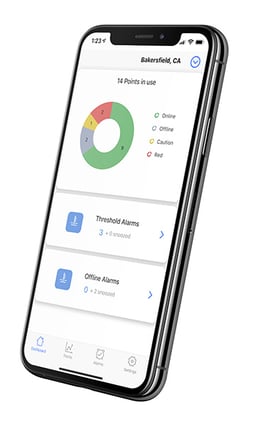
Healthcare Monitoring
From the operating room to the cafeteria freezer, risks of a broken freezer or compromised clean room can range from the loss of tens of thousands of dollars in inventory to adverse patient outcomes.
Healthcare Brochure
See What Customers Say About Sonicu
Asset Protection. Compliance Automation. And Reduced Manual Processes.
Sonicu serves thousands of professionals at hundreds of organizations across North America by improving how they monitor and manage their most sensitive assets and environments.
Professionals from healthcare, life science, laboratory and cold chain facility management turn to Sonicu to help them improve the way they do business.
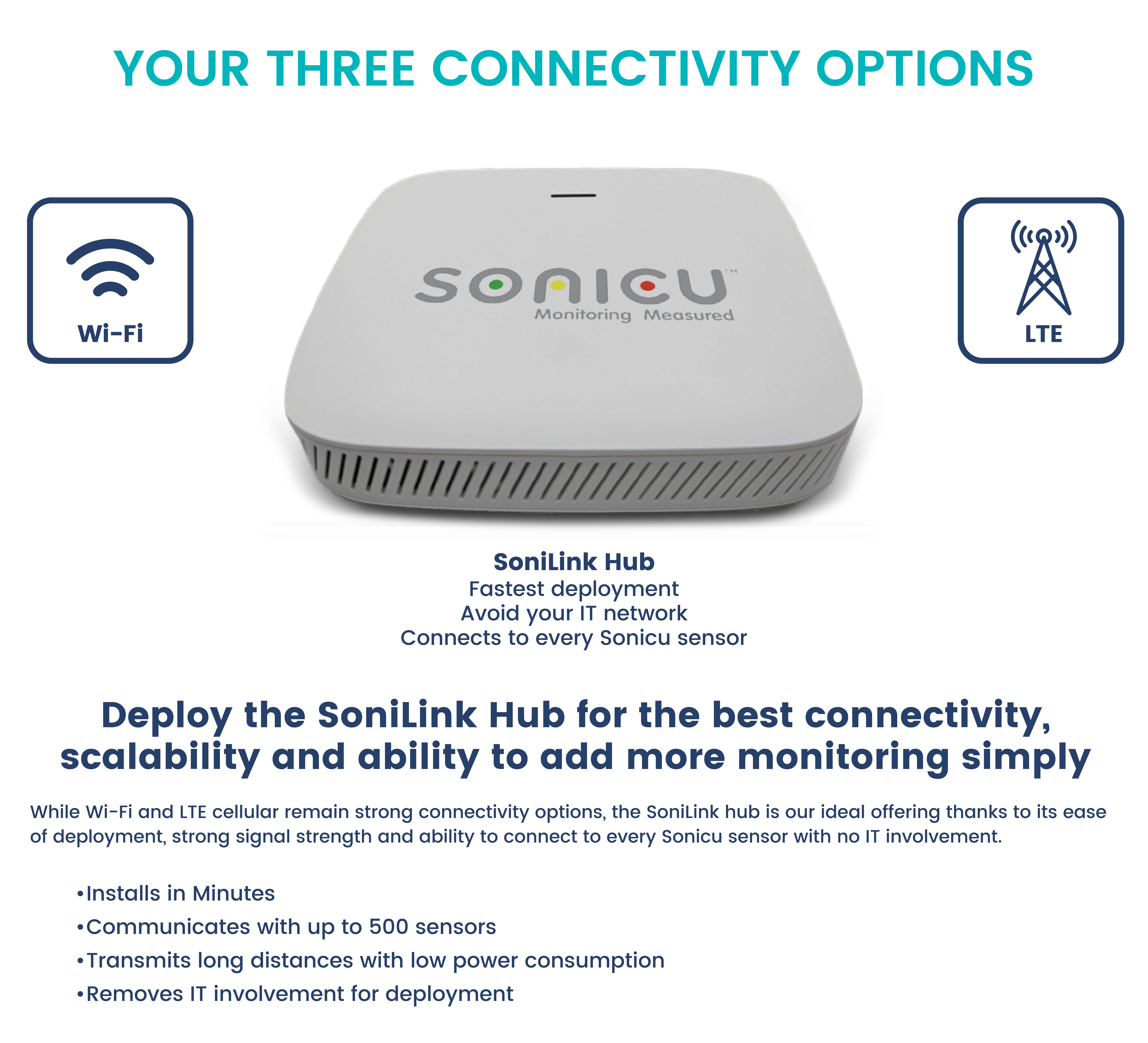
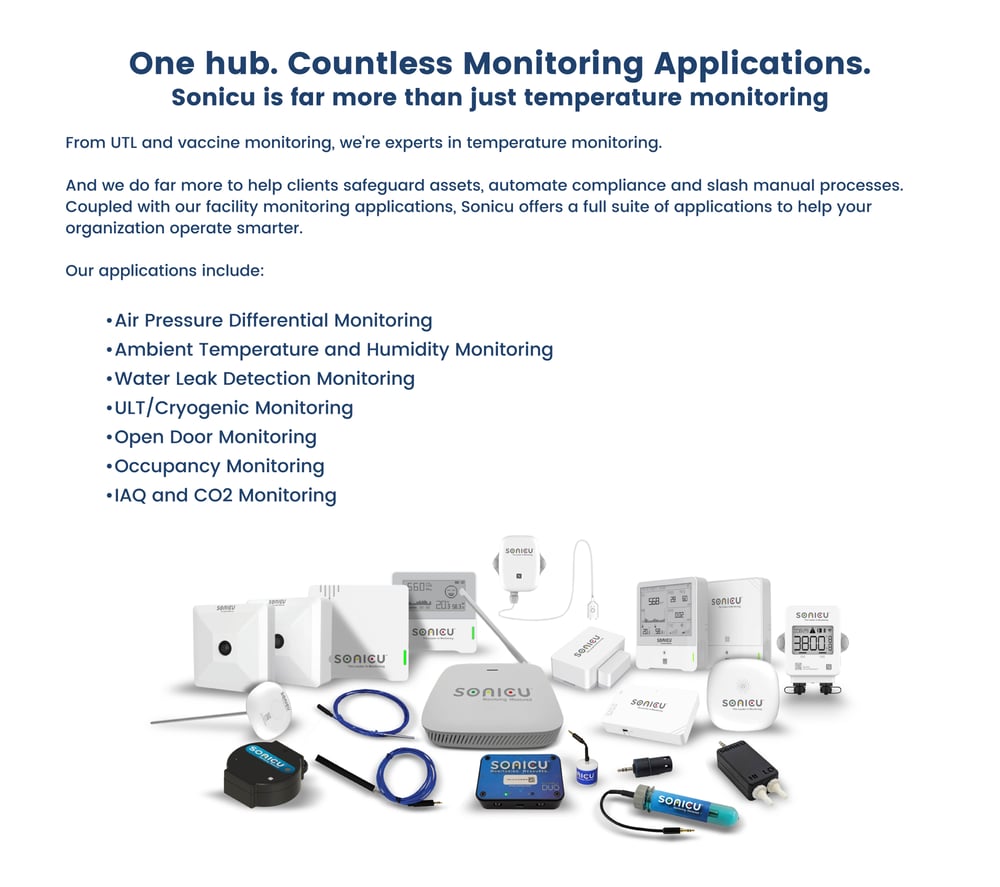
Before Sonicu, we had to don bunny suits to check the status of our cleanrooms. Now we check our phones and know right away. The system saves us time and effort and helps us respond to environmental
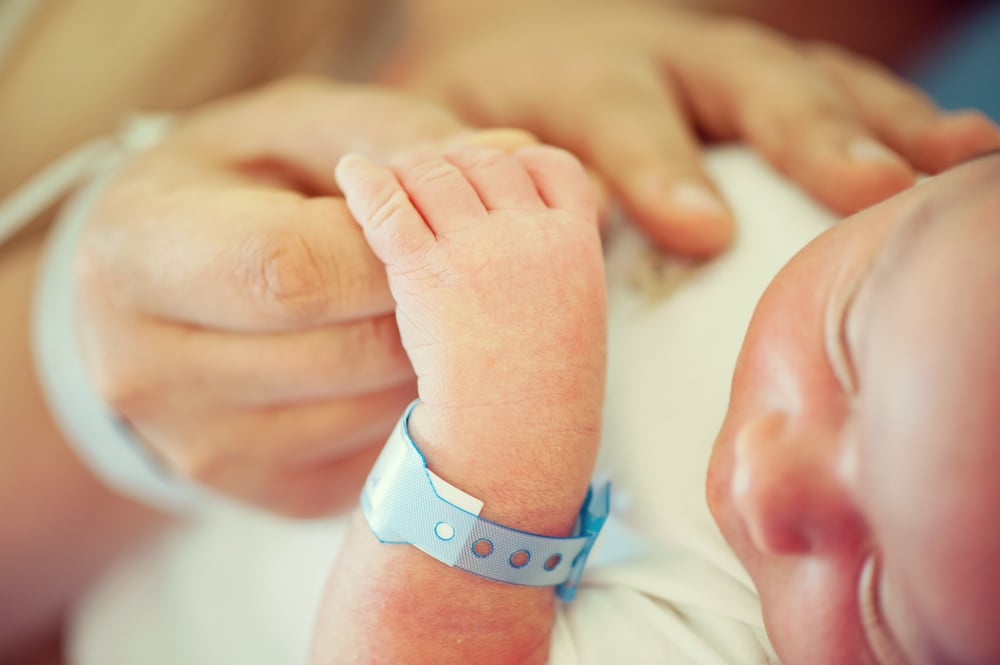

The Critical Role of a Hospital Refrigerator Temperature Monitoring Policy in Modern Healthcare
Hospital refrigerator temperature monitoring is a crucial aspect of ensuring patient safety and maintaining the integrity of temperature-sensitive items, such as medications, blood products, and certain laboratory specimens.
A hospital refrigerator temperature monitoring policy outlines the standards and procedures for monitoring and maintaining appropriate temperatures in hospital refrigerators.
Components of the policy may include.
- Temperature range:
- Specifications of the required temperature range for different items (e.g., vaccines, medications, blood).
- Frequency of monitoring:
- How often the temperature should be checked (e.g., twice daily, every hour).
- Logging:
- Procedures for recording temperature readings, possibly in a logbook or electronic system.
- Alarms:
- Use of electronic temperature monitoring systems that generate alarms when temperatures deviate from the set range.
- Backup systems:
- Provisions for backup power or alternative storage in case of equipment failure or power outages.
- Action steps for deviations:
- Defined steps to be taken if temperatures fall outside of the designated range.
- Training:
- Requirements for staff training to ensure understanding and compliance.
A hospital refrigerator temperature monitoring policy can have a significant impact on healthcare facilities' day-to-day operations.
First of all, it is useful in helping maintain product integrity. Many medical products and specimens can lose their efficacy, spoil, or give inaccurate results if not stored at the correct temperatures. For example, some vaccines can become ineffective if they get too warm or too cold.
Incorrectly stored items can also harm patients. Transfusing blood that hasn't been properly stored can be dangerous, and administering compromised medications can lead to treatment failures or adverse reactions.
Also, regulatory bodies, such as the U.S. Centers for Disease Control and Prevention (CDC), FDA, and the Joint Commission, often have standards for the storage of certain items. Non-compliance can lead to penalties or even loss of accreditation.
Temperature excursions can also result in the loss of expensive medications or blood products, leading to financial loss.
Additionally, regular monitoring ensures that hospitals are providing the highest quality care and treatment to their patients.
A hospital refrigerator temperature monitoring policy ensures the stability and efficacy of temperature-sensitive items, which in turn impacts patient outcomes, regulatory compliance, and operational costs. Proper adherence to these policies is pivotal to the smooth operations of hospitals and the provision of quality healthcare.
How is a hospital refrigerator temperature monitoring policy formulated and what are the key parameters taken into account?
Formulating a hospital refrigerator temperature monitoring policy involves a comprehensive approach that takes into account various operational, regulatory, and safety concerns.
- Assessment & Research
- Assess the hospital's specific needs, considering the types of items stored (medications, vaccines, blood, lab samples) and their individual temperature requirements.
- Research guidelines set by relevant regulatory bodies and professional organizations. In the U.S., for instance, the CDC, the FDA, and the Joint Commission may have relevant guidelines.
- Policy Drafting
- Once foundational knowledge has been established, draft the policy, considering the following parameters:
- Temperature ranges
- Define specific temperature ranges for each type of stored item.
- Monitoring frequency
- Decide how often temperatures should be checked, which may vary based on the criticality of the stored items.
- Logging methods
- Define how and where temperature readings will be recorded, whether manually in a logbook or through an electronic monitoring system.
- Alarm systems
- Consider installing electronic monitoring systems that send alerts when temperatures deviate from the set range.
- Backup systems
- Ensure there are provisions for backup power or alternative storage solutions for emergencies.
- Ensure there are provisions for backup power or alternative storage solutions for emergencies.
- Action plan for deviations
- Clearly outline steps to be taken if temperatures fall outside the desired range. This could involve relocating products, notifying relevant personnel, or implementing corrective measures.
- Training
- Incorporate training protocols for staff to understand and adhere to the policy.
- Equipment calibration
- Detail how often temperature monitoring equipment will be calibrated to ensure accuracy.
- Detail how often temperature monitoring equipment will be calibrated to ensure accuracy.
- Temperature ranges
- Once foundational knowledge has been established, draft the policy, considering the following parameters:
- Review & Consultation
- Get feedback from relevant stakeholders, such as pharmacists, lab technicians, and nursing staff. Their frontline experience can provide invaluable insights.
- Consider consulting with experts in cold storage or professionals from other institutions to get a broader perspective and possibly learn best practices.
- Implementation & Training
- Once finalized, distribute the policy to all relevant staff members.
- Conduct training sessions to ensure that everyone understands and can effectively implement the policy.
- Periodic Review & Updates:
- Schedule periodic reviews of the policy to ensure its continued relevance and effectiveness.
- As the policy is implemented, collect feedback from staff about its practicality and effectiveness. Adjustments might be needed based on real-world experience.
- Audit & Compliance Checks
- Periodically audit temperature logs and monitoring systems to ensure compliance.
- Create mechanisms for staff to report issues or provide suggestions related to temperature monitoring.
In essence, a hospital refrigerator temperature monitoring policy is not a static document. It requires continuous oversight, evaluation, and revision, to ensure it remains relevant and effective in maintaining the safety and integrity of stored items.
You can learn more about how our software helps compliance professionals in these case studies:
Problem: Pharmacy Suffered Too Much Humidity In New Wing, impacting Compounding Pharmacy
Solution: Affordable Humidity Monitoring that Delivered Powerful data to prompt contractors to fix improperly sized air handler
Problem: The dining department struck with regulatory violations
Solution: Enterprise-wide monitoring that automates regulatory compliance across all departments
Problem: Release of lead particles in battery projects
Solution: Mobile, affordable air pressure monitoring solution
Who is involved in formulating a hospital refrigerator temperature monitoring policy and who is tasked with implementing it?
Formulating a hospital refrigerator temperature monitoring policy typically involves a multidisciplinary team to ensure that all aspects of storage, management, and handling of temperature-sensitive items are considered. Below are the key personnel involved in its formulation.
To begin with, pharmacists have extensive knowledge about medication storage requirements, stability, and compatibility.
Lab technicians and pathologists are also experts in the storage of laboratory samples, specimens, reagents, and related items.
Blood bank personnel are essential when the policy relates to the storage of blood products.
Infection control teams also provide insights into storage requirements for vaccines and other biological materials.
Clinical staff (doctors & nurses) offer a clinical perspective, especially regarding the practicalities of accessing and administering temperature-sensitive medications and treatments.
Facilities and engineering teams can also provide input regarding the capabilities of existing refrigeration equipment, backup power systems, and any technological enhancements that might be required.
Quality Assurance & Regulatory Compliance Officers ensure that the policy also aligns with local, state, and national regulations and standards.
Hospital administration gives insights into budgetary constraints, institutional priorities, and strategic alignment.
Lastly, the IT department (if electronic monitoring is involved) assists in integrating temperature monitoring systems with existing hospital IT infrastructure.
Once the plan is developed,there are many stakeholders and parties that are responsible for enforcement.
First of all, pharmacy staff are often directly responsible for monitoring and documenting temperatures of medication storage refrigerators and ensuring that medications are stored correctly.
Lab technicians also ensure proper storage and monitoring of samples in refrigerators and freezers in the labs.
Blood bank personnel also enforce the policy for blood and blood product storage.
In clinical areas where medications or other temperature-sensitive items are stored (e.g., in ward refrigerators), nurses play a key role in daily monitoring and ensuring compliance.
The facilities and engineering team also handles maintenance and repair of refrigeration equipment and responds to technical alarms or issues.
Quality Assurance & Regulatory Compliance Officers conduct periodic audits to ensure adherence to the policy, review logs, and handle corrective actions in case of policy breaches.
Hospital administration also plays an oversight role, ensuring that all departments adhere to the policy and allocate resources for training and any required infrastructure enhancements.
Finally, in some hospitals, the infection control team might perform random checks to ensure that vaccines and biologicals are stored correctly.
It's important to note that while specific individuals or teams are designated as responsible for certain tasks, the effective implementation and enforcement of the policy are a collective responsibility. All staff members, from frontline workers to administrators, play a role in ensuring patient safety through proper temperature monitoring and management.
You can learn more about how our software helps compliance professionals in these case studies:
Problem: Data loggers that were not on the cloud and cloud-based solution that only connected via wi-fi
Solution: Cloud-based solution with connectivity in wi-fi AND cellular for maximum flexibility and compliance readiness
Problem: Aging walk-in cooler with a faulty electrical system caused system failure and a loss of $5,000 in food
Solution: Simple and affordable temperature monitoring solution that protects costly food and automates compliance.
What are the pain points that a hospital refrigerator temperature monitoring policy effectively resolves?
A hospital refrigerator temperature monitoring policy, when effectively designed and implemented, addresses several critical challenges and concerns in healthcare settings.
First of all, many medical products, especially certain medications, vaccines, and biological samples are highly sensitive to temperature fluctuations. A robust policy ensures that these items are stored within their optimal temperature range, preventing degradation and loss of efficacy.
Administering degraded or improperly stored medications and blood products can also lead to adverse patient outcomes. By ensuring that products are stored correctly, the policy significantly reduces patient safety risks.
Hospitals are also subject to regulations and guidelines related to the storage of medications, blood products, and other temperature-sensitive items. A consistent temperature monitoring policy ensures compliance with these regulations, helping hospitals avoid fines, penalties, or loss of accreditation.
Product wastage due to temperature excursions can lead to substantial financial losses. Ensuring consistent temperature monitoring and management reduces the likelihood of having to dispose of expensive medications, vaccines, or blood products.
Also, discovering that a refrigerator or freezer has malfunctioned and compromised its contents can lead to operational disruptions, especially if replacement products aren't readily available. With a proper monitoring policy, potential problems can be detected and addressed more promptly, minimizing operational hiccups.
Without a clear policy, there might also be confusion about who is responsible for checking temperatures, logging data, and responding to deviations. A well-defined policy clarifies roles and responsibilities.
When temperatures deviate from the desired range, timely and appropriate action is critical. Without a policy, there might be delays or confusion in responding to such situations. A clear policy outlines the steps to be taken, ensuring swift corrective action.
Regularly monitoring and logging temperature data also provides valuable information. This data can be analyzed to identify patterns, potential equipment issues, or areas for operational improvement. Without a structured policy, this data might not be consistently collected or utilized.
A comprehensive policy often includes training protocols. This ensures that all relevant staff members understand the importance of temperature monitoring, know how to perform checks, and are aware of what actions to take in case of temperature deviations.
Lastly, regular temperature checks can also serve as a way to monitor the health and efficiency of the equipment itself. Consistent temperature deviations might indicate a need for equipment calibration, repair, or replacement.
By addressing these pain points, a hospital refrigerator temperature monitoring policy not only ensures the safety and effectiveness of temperature-sensitive items but also fosters operational efficiency, regulatory compliance, and financial prudence.
What are the tools used to implement a hospital refrigerator temperature monitoring policy?
To effectively implement and adhere to a hospital refrigerator temperature monitoring policy, a range of tools and technologies are used. These tools provide precision, timely alerts, and data logging capabilities to ensure optimal storage conditions.
- Temperature sensors and probes
- Temperature sensors or probes are fundamental components in most temperature monitoring systems used in hospitals. They play a crucial role in the actual measurement of temperatures.
- These devices detect temperature variations and convert the data into a form that can be displayed or recorded.
- They are typically placed inside refrigerators, freezers, or other storage units and they relay information to an associated display, logger, or monitoring system.
- Modern sensors and probes can provide highly accurate temperature readings.
- Different types of sensors can be chosen based on specific needs, such as the required temperature range, sensitivity, or whether contact with stored items is feasible.
- These sensors can be integrated with digital displays, data loggers, remote monitoring systems, and alarm systems to provide real-time feedback and historical data.
- Some systems have multiple probes to monitor different sections of a storage unit, ensuring even temperature distribution.
- Temperature data loggers
- These devices continuously record temperature readings over time, allowing for a retrospective review of storage conditions.
- They provide a historical record, which can be crucial for audits, trend analysis, and regulatory compliance.
- Alarm systems
- Integrated with temperature monitors, these systems trigger audible and/or visual alarms when temperatures deviate from preset limits.
- Immediate notification of potential issues allows for swift corrective action, reducing the risk of product compromise.
- Remote monitoring systems
- These systems allow temperature readings to be accessed remotely, often via a computer or mobile device.
- They can be integrated with cloud-based platforms or hospital IT systems.
- Enables off-site monitoring and oversight, especially useful for larger institutions or during off-hours.
- Calibration kits
- Used to verify the accuracy of temperature monitoring devices and ensure they provide correct readings.
- Ensures the reliability and precision of temperature readings.
- Backup power systems (UPS - Uninterruptible Power Supply)
- Provides power to refrigerators/freezers during power outages, ensuring the maintenance of desired temperature ranges.
- Prevents temperature excursions and potential product wastage during electrical outages.
- Mobile applications
- Many modern temperature monitoring systems come with associated mobile apps that allow healthcare professionals to receive alerts, view real-time temperature data, and sometimes even adjust settings remotely.
- Enhances convenience and allows for swift response even when personnel are not on-site.
- Documentation & reporting tools
- Software tools or manual logbooks are used to document temperature readings, alarm events, corrective actions, and other relevant data.
- Provides a comprehensive record for audits, regulatory compliance, and operational analysis.
Incorporating these tools into a hospital's temperature monitoring infrastructure not only ensures the safety and efficacy of stored items but also facilitates regulatory compliance, operational efficiency, and effective response to potential issues.
Elevating Healthcare: Why Every Degree Matters in Hospital Operations
In the intricate ballet of hospital operations, ensuring the safety and potency of temperature-sensitive items might seem like just one of many tasks. However, it's abundantly clear that optimal temperature management isn't a mere checkbox; it's the bedrock of patient safety, operational efficiency, and regulatory compliance. From preserving the integrity of life-saving medications to ensuring the viability of crucial blood products and samples, the stakes are undeniably high.
Yet, with the myriad of challenges comes a beacon of solution: advanced temperature monitoring tools. At the heart of these tools are sensors and probes from Sonicu, the unsung heroes ensuring that every reading is accurate and every deviation is promptly detected.
For healthcare institutions aiming for the pinnacle of operational excellence and patient care, it's not just about acknowledging the significance of temperature monitoring, but also about investing in the very best system. This brings us to a pivotal question: Why settle for good when you can have the best?
Dive into the future of hospital temperature management with Sonicu's state-of-the-art temperature monitoring sensors and probes. Elevate patient safety, ensure compliance, and foster unparalleled operational efficiency. Make the switch today, and let every degree be a testament to your commitment to excellence!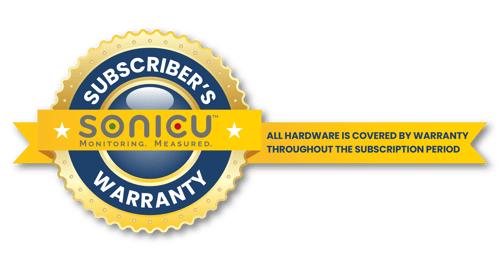
American-based Customer Support: Robust & Reliable High Touch Service
Software and technology is only as good as the people who stand behind it.
At Sonicu, that means our team of American-based customer success managers who are never more than a phone call away to help field and fix any service issues.
Our probes and sensors are placed in demanding frozen environments and our software literally sends billions bits of data monthly, meaning there’s always the potential for a hiccup on either the hardware or software.
We are committed to fielding every customer service request promptly and addressing our customer’s concerns promptly and professionally.
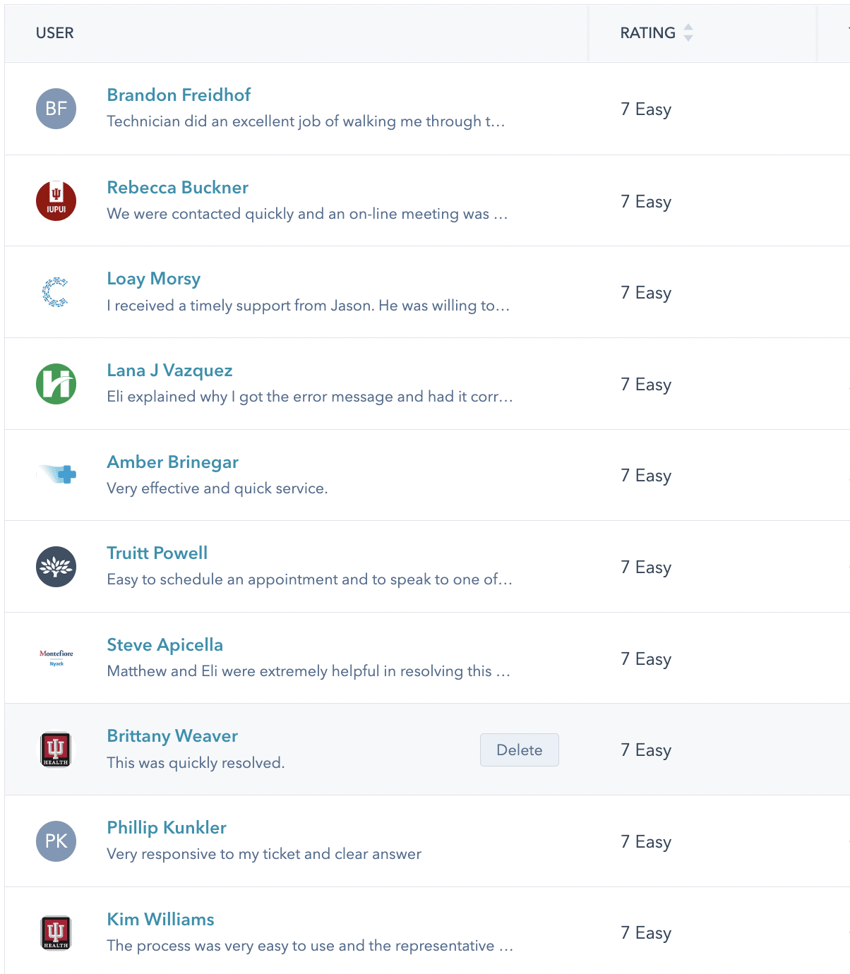
 “I like to say that every refrigerator or freezer is like a car in that they all behave a bit differently,
“I like to say that every refrigerator or freezer is like a car in that they all behave a bit differently,
and then every now and then you just get a bad boy who doesn’t want to perform as we need it to,”
Martha Rardin, Director, Nutrition and Dietetics, Hendricks Regional Hospital.
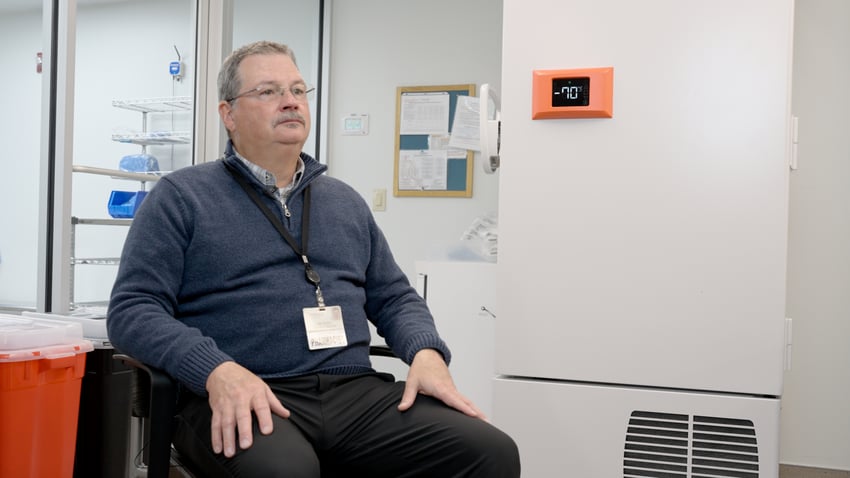 “Sonicu has been a powerful tool to identify which units are behaving out of spec and get our team
“Sonicu has been a powerful tool to identify which units are behaving out of spec and get our team
to fix them before we have a serious issue.”
Tim Livesay, Director, Hancock Regional Hospital Pharmacy Director


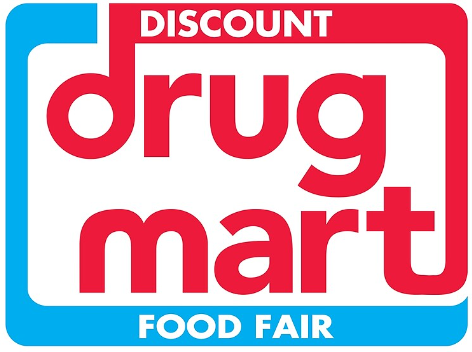
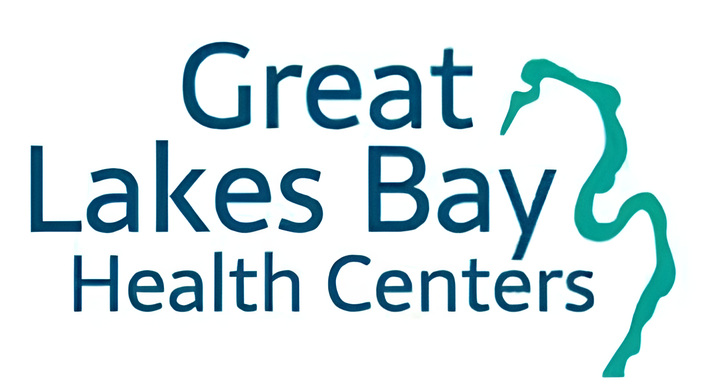



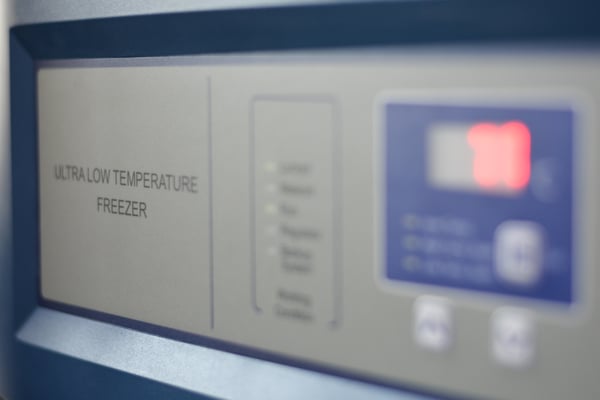
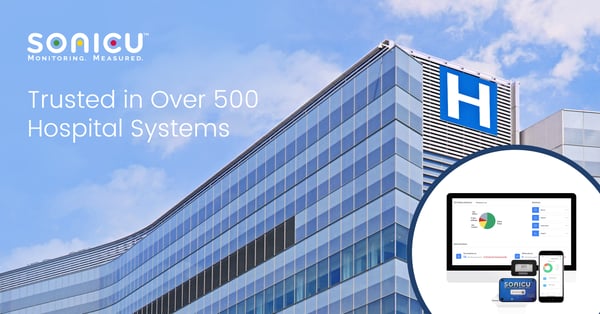


How IU Health
consolidated all of its pharmacy monitoring needs
into one cloud-based platform serving dozen of locations.